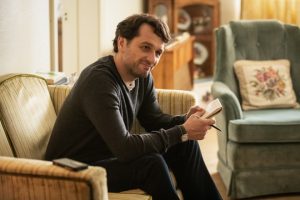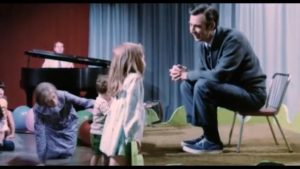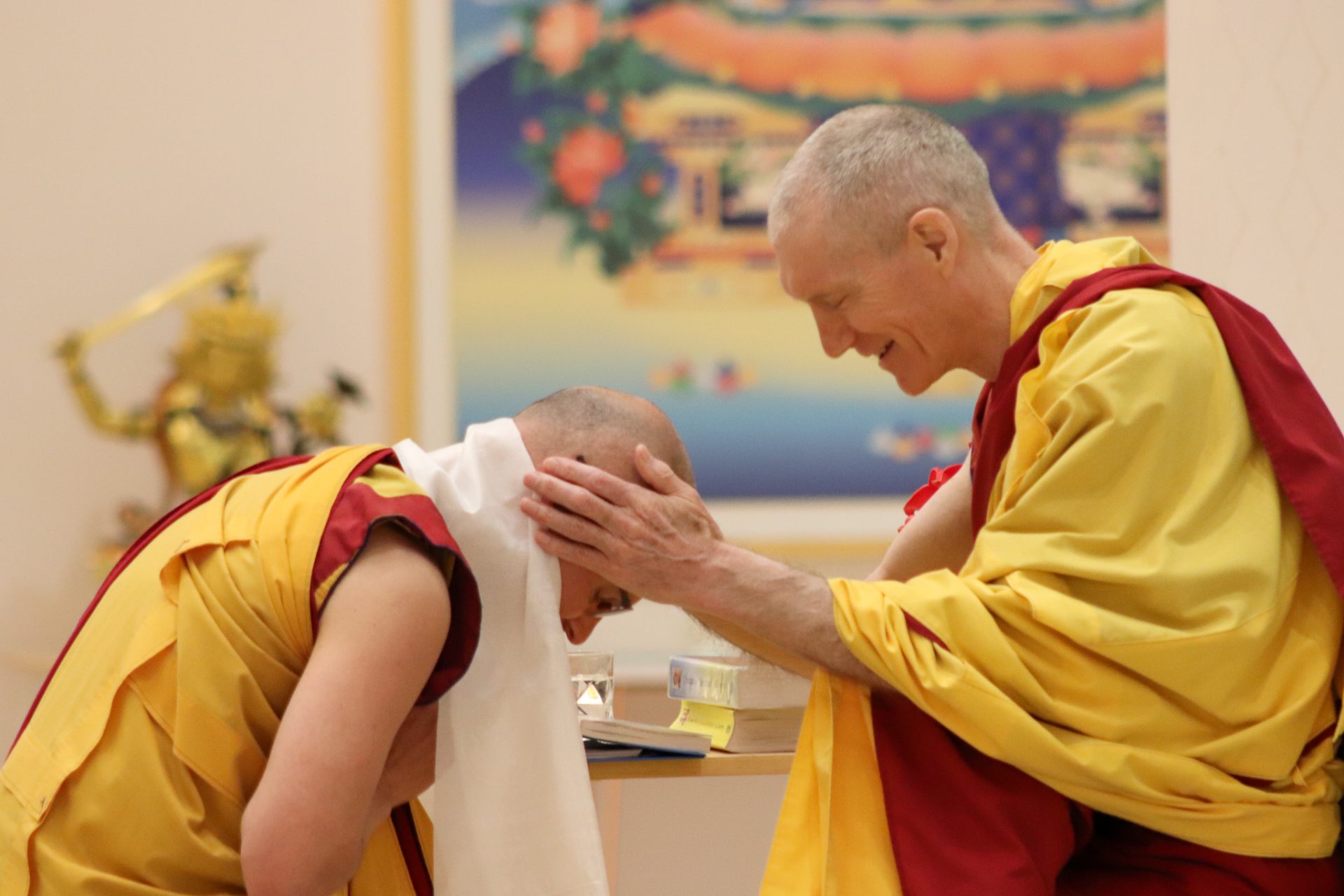Yoga Calm Fundamentals: Listening to Yourself, Listening to Others
Updated from the original Hearing is just a physiological happening: You perceive sound. But listening? Listening happens when your brain makes meaning out of sound. It involves your active participation, whether you’re listening to others, your environment, or yourself....

Updated from the original
Hearing is just a physiological happening: You perceive sound. But listening? Listening happens when your brain makes meaning out of sound. It involves your active participation, whether you’re listening to others, your environment, or yourself.
Learning how to listen to what your own body, thoughts, and feelings are saying helps children develop a strong sense of self, emotional intelligence, and the ability to make healthy choices.
It also makes us better able to listen to – and, thus, connect with – others.
Listening Is Crucial to Connection – & to Regulation
If you’ve ever seen the wonderful film A Beautiful Day in the Neighborhood, you probably remember the scene where journalist Larry Vogel finds Mr. Rogers often answering his interview questions with personal questions. Here’s how the writer Tom Junod described the moment in the original Esquire article that inspired the film:
There was an energy to him,…a fearlessness, an unashamed insistence on intimacy, and though I tried to ask him questions about himself, he always turned the questions back on me, and when I finally got him to talk about the puppets that were the comfort of his lonely boyhood, he looked at me, his gray-blue eyes at once mild and steady, and asked,
“What about you, Tom? Did you have any special friends growing up?”
By all accounts, Mr. Rogers was an excellent listener. He would be so completely present, as if there were no one else in the world but him and you. Asking questions like he did with Junod wasn’t a deflection or evasion.
It was a way of showing that he valued you.
“Questions are such a powerful way to say, ‘I care about what you have to say, and I want to know more about you,’” writes Hedda Sharapan in a brief post on what she learned about listening during her many years of working with Mr. Rogers.
Questions open the door for someone to share their thoughts and feelings with us. And isn’t that what helps us connect with someone, when we learn more about what they’re thinking and feeling? Whether we agree with them or not, at least we gain more understanding of what’s behind their concerns.
Sharapan learned other lessons, as well, such as the need to “really listen” – not just with ears, but body language, eye contact, tone, and more. Those expressions – body language, tone, and so on – have been found by Dr. Steven Porges and others to influence the social nervous system in ways that affect regulation.
And, after all, when teaching kids, it’s all about regulation, which is also a way of building and strengthening student/teacher relationships – the most important factor in supporting student success.
The other lesson Sharapan learned was to be comfortable with silence – to give time for thought and response, or just to “let that person know that we’re okay with being together in the quiet, without any words at all. Fred helped us realize that, in fact, silence can be comforting.”
To listen is to be present. “Listening,” said Mr. Rogers, “is where love begins: listening to ourselves and then to our neighbors.”
Our Students Reflect Us
Now, let’s look at a random segment from Mr. Rogers’ Neighborhood. As you watch, pay attention to your breath:
Did you notice your breath slowing down? Deepening? Did you feel your body relax a bit as you listened to the cadence of his words? Accepted the silences?
This is exactly what we’re talking about when we note how students’ reflect their teacher’s regulation. So to help the kids in our lives – our students or clients or children or grandkids – it’s important we tend to our own needs first. Only then can we model the self-care we want to encourage them to take.
This is especially so with listening. Kids sometimes can tell us heavy or difficult things. We talk about this in our book Yoga Calm for Children when we introduce Listening as one of the five Yoga Calm Principles:
If a teacher or counselor has not done the hard work of listening to his or her own sorrows and anger, it will be difficult to stay present with these feelings in a student. An adult who is uncomfortable or impatient with a child’s expression may unintentionally communicate this. When there is not time to listen to the student, and the adult feels impatient, it is important for the adult to acknowledge that and either arrange a time to be available or help the student identify someone who can listen (e.g., grandma or grandpa). For when students express strong feelings, it is a dual listening process. The children are tuning in to their feelings, and the adult must tune in to his or her own feelings. This is one way the adult can positively model behaviors that children need to learn.
Fred Rogers had to do this hard work, too. As his wife Joanne insisted to the creators of A Beautiful Day in the Neighborhood, Mr. Rogers shouldn’t be treated as “a saint.” He was human. For humans, living so mindfully, so intentionally takes practice.
And it takes listening. As Mr. Rogers himself once put it,
More and more I’ve come to understand that listening is one of the most important things we can do for one another. Whether the other be an adult or a child, our engagement in listening to who that person is can often be our greatest gift.

 KickT
KickT 




























![Run An Ecommerce SEO Audit in 4 Stages [+ Free Workbook]](https://api.backlinko.com/app/uploads/2025/06/ecommerce-seo-audit-featured-image.png)






